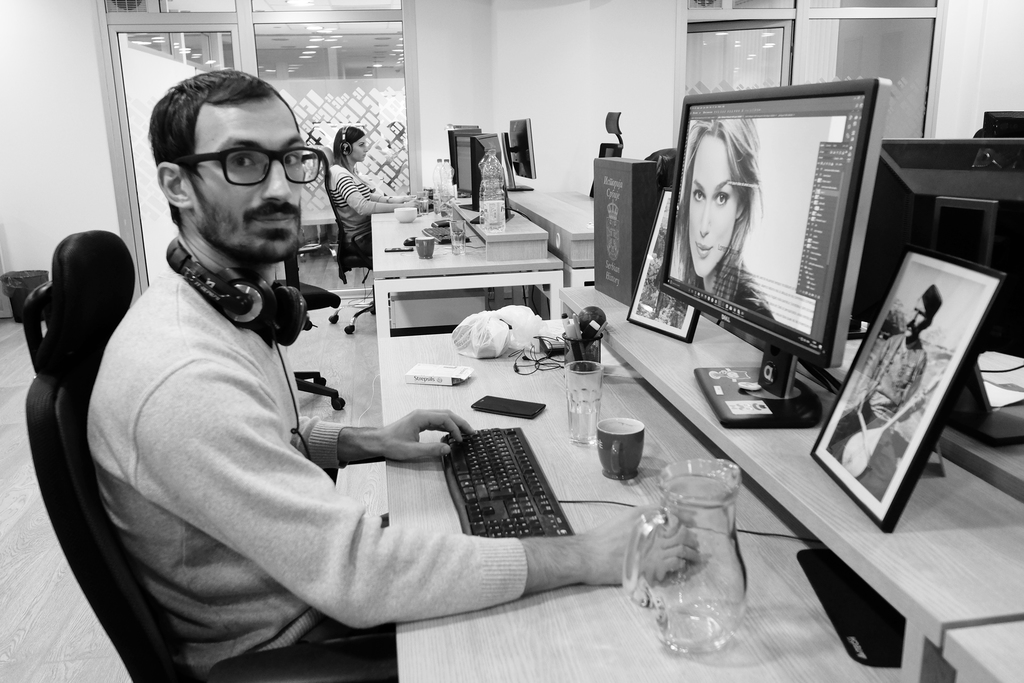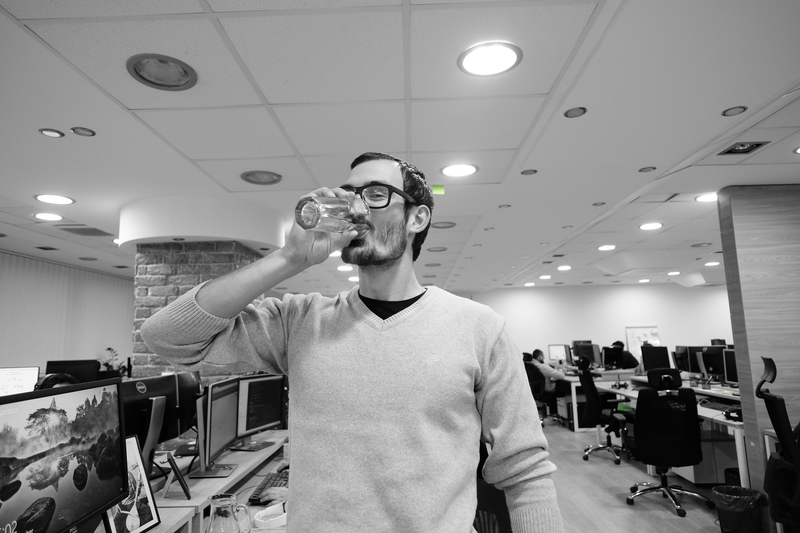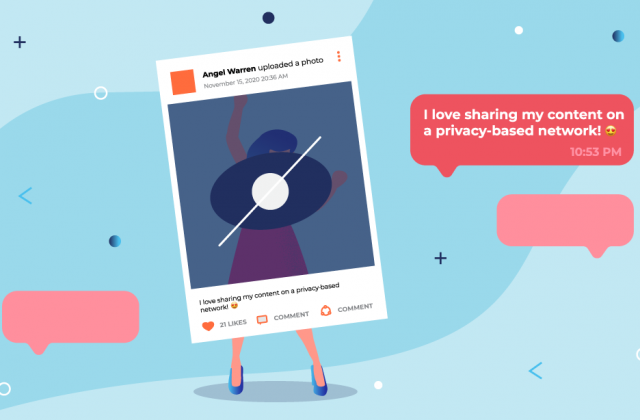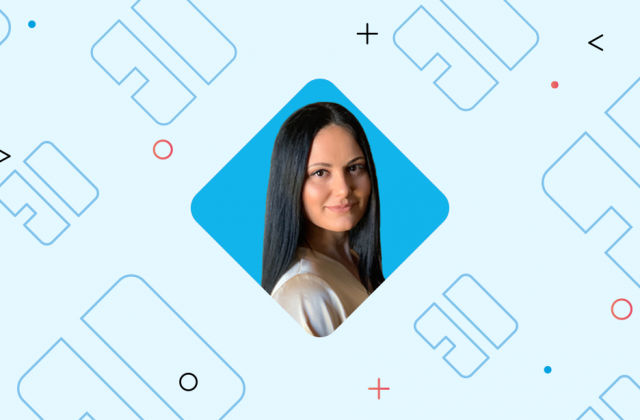If we look back over the years and centuries, the design has always been the very essence of every creation, whether we talk about gadgets, rockets or Victorian era.
Truth to be told, the design is a quintessential element in making what the products would eventually be and are.
The design is the silent ambassador of every brand, somebody said. Same goes for the web design.
Designing for the web means taking our needs in the first place, which is completely shaping the designing trends – from content and layouts to the functionalities.
Today, our hunger for good UI/UX websites is bigger. You have to have a design specialist who will tailor the user’s online experience, visual appearance, and usability of every web solution.
We asked our digital product designer, Zoran Jelić to explain how we design for social networks. You will learn what to expect from the entire development team who knows how to create a social network from scratch.
How do you get the ideas for a design? Where do you find inspiration?
Morning coffee is a good start towards getting new ideas. While sipping, you can take a glance at the latest trends on Behance, Dribbble, The Best Designs, Sites to Inspire, CSS Winner and Awwwards, to name a few. That will keep your UX standards at a high level. Add also occasionally visiting the best UI/UX meetups and cons.
Also, I’m strongly standing by the opinion that even though very best designs and websites already exist, there is always room for improvements. So, use ideas in front of you, search for something different, think differently and you’ll find the inspiration.

What do you think is the biggest challenge for a designer when working with startups?
That’s a really good question.
To make something that stands out from the crowd takes a lot more effort. Still, searching and analyzing the competition is where we start at.
Based on what you discover and realize, your decision on how you should shape something, or build from scratches depends. This is individual for everybody, but the result is the same – the product needs to be fresh, catchy, with a huge potential for brand promotion.
How to approach a startup whose CEO still searches for brand identity?
I like to hear their story, their mission, and goals and try to visualize their wishes through my designs. It isn’t always an easy task, and years of experience in graphic design, branding, UI and UX design helps me to solve these problems in the most appropriate way. In the end, we shape their brand identity as a team.

How does the process of working with startups look like?
- Again, research. Search the target group, find everything there is to know about the audience, the brand, competitors and similar websites and projects.
- Create the outline. I outline everything that we can use to set unique design styles for each project. Then I start with simple sketches. Afterward, I move to the more serious wireframes and discuss solving the possible UX problems in the early phase with the clients and the rest of the team.
- Next phase is UI design. I give life, colors, icons, photos, and more details to my wireframes
- In the last phase comes polishing and dismissing the redundant details.
Also, my advice to designers is to always share their work with fellow designers. Feedback from different sources, colleagues, clients, and users could be beneficial for working on future projects and improvements. At last, as Jigoro Kano, founder of Judo said: “It’s not about to be better from others, but to be better than you were yesterday…”
What about working with copywriters? Do you have any advice for them (in terms of better collaboration)?
It is a tie knot between us.
Designers and copywriters work closely together, even though some of the designers tend to cover the content part. However, for the sake of the quality, the copywriter should be included together with a designer.
In the end, what is really important is how we shape the content through the design to send a strong message to the user. Once you got the content, it’s up to you to play with font sizes, typography, graphic styles, etc…

Why copywriters need designers and vice versa? Give us an example.
Imagine you have 3 columns of text on your website, and one column has a headline and 1 line, the other has the headline and 3 lines, and the third column has the headline and 7 lines. This is a visual problem for designers, as the first column is much shorter than the other two.
A good copywriter will help you to equalize the number of lines so you could have both the visual balance and the ability to send the right messages to users.
So my advice for them is to adjust their content to design layout and predict possible visual problems, that may be caused by content.
It’s always great to have a good copywriter on your side… 🙂
What is your advice for developers?
Even before the design implementation, it is good to have a dev on your side.
Talking with them helps me to understand the possible problems with implementation of my designs.
They always have good suggestions about how to give life to your designs, suggesting cool transitions, animations, and interactions.
What about the challenges when creating a design for social networks. Any tips?
You can’t avoid challenges. The biggest one is to build something innovative and one of the kind in a time when every day a new social network comes live.
But, solving difficulties are the most exciting things in this work. Take your time for researching, have a good eye for details, test other social networks from the niche and you’ll get your solution.
Bottom line: good planning, research, detailed wireframing, UX testing, and creating a beautiful and unique design that will make your social network different and better from the others.

Design for the five senses: how to do it?
Every human being (or most of them) has five senses: the sight, hearing, taste, smell, and touch. Both websites and apps can impact directly on 3 senses (sight, hearing, and touch) and indirectly on 2 (taste and smell).
First and the strongest sense that you can impact on with thoughtful designing of a website is the sight or the visual feel. But, depending on your designing skills, including visual order and layout, the user will either get the information he needs in the fast and pleasant way, or he will not.
You can also use sounds or music to boost user experience together with the visual touch.
Add easy and fast flow, scrolling, navigation, journey through website pages and sections and you might hit the third sense, touch. Then you are very good at your job.
Can you do that?
I am trying and giving my best, and many happy users and clients give me a reason to believe that I am good at it. This is also our mission in Eton Digital, to make every digital product custom and uniquely tailored not just for our clients but for users of our/their products. That’s why I think we are very good and successful at our job.



